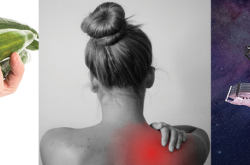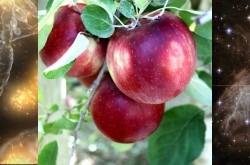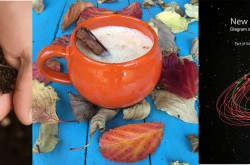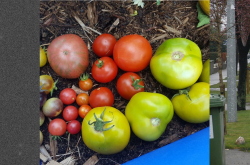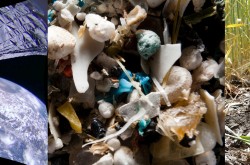3 things you should know about Coronavirus prevention, the importance of protein, and using satellites to understand Earth


Meet Renée-Claude Goulet, Jesse Rogerson, and Michelle Campbell Mekarski.
They are Ingenium’s science advisors, providing expert scientific advice on key subjects relating to our three museums — the Canada Agriculture and Food Museum, the Canada Aviation and Space Museum, and the Canada Science and Technology Museum.
In this colourful monthly blog series, Ingenium’s science advisors offer up three quirky nuggets related to their areas of expertise. For the March edition, our science advisors compare the effectiveness of hand washing versus sanitizing in the face of the Coronavirus, delve into the importance of protein, and examine how satellites help us better understand Earth.
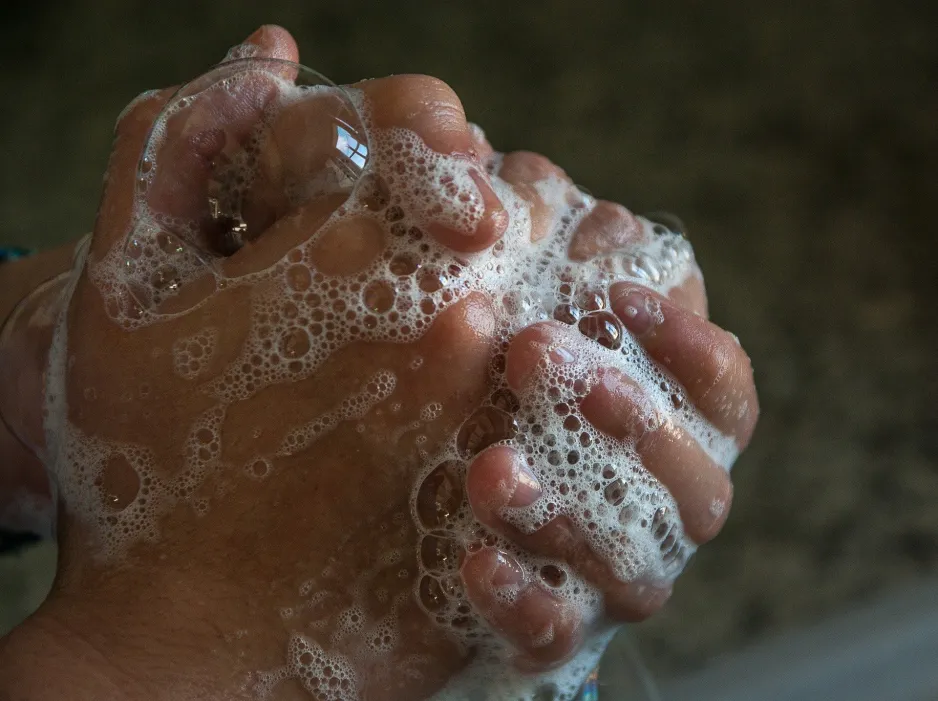
Proper handwashing is the best way to prevent the spread of disease.
Clean hands 101: Hand washing vs hand sanitizing
Every year during flu season — and now with the novel Coronavirus (COVID-19) outbreak — we get the same advice: prevent illness by avoiding sick individuals, covering sneezes and coughs, washing hands, and not touching faces. Every breath, sneeze, and cough launches thousands of germy particles into the surroundings. Skin is too good of a barrier for these microbes to penetrate, so germs must bypass it by being carried to the eyes, mouth, or nose — generally on your hands.
So it’s important: wash your hands. Often! Wash them for at least 20 seconds (sing “Happy Birthday” twice if you need to gauge the time). Use soap and water, and dry with a clean towel. Wash between fingers, around wrists, and under nails. Wash if you’re about to eat, and after you’ve blown your nose, coughed or sneezed. Wash when you get home. If you can’t wash your hands, then hand sanitizer with at least 60 percent alcohol works in a pinch, but it’s not as good.
Why is that? Hand sanitizer kills most microbes by weakening their outer layers. But it doesn’t kill everything — especially on dirty hands. Dirt and grime provide places for germs to 'hide,' sheltering them from sanitizer. If germs are embedded in grease, sweat, or mucus (e.g., from someone’s sneeze), then sanitizers have difficulties penetrating the slimy coating. Even when fully exposed, many germs (e.g., norovirus and C.difficile) can survive several minutes of sanitizing (most of us sanitize for ten seconds).
The other problem with sanitizers is that they don’t actually REMOVE anything from your hands. If you touch a mucus-splattered doorknob and sanitize, that mucus is still on your hands (even if there are fewer living germs). Hand washing works by physically removing dirt, chemicals, grease, and mucus, as well as any unwanted microbes on, in, or beneath that muck. The act of scrubbing and lathering — and the use of soap — helps loosen the grip of microbes so they are easier to wash away.
Germs are everywhere and our hands act as a convenient way for them to travel into our body — via a bathroom, a handrail, your cell phone, etc. The bottom line? Washing your hands properly and frequently is the best way to prevent illness. Hand sanitizing (for at least 20 seconds), though not as effective, is still a good option if you don’t have immediate access to clean water. So now that you know the full truth…go wash your hands!
By Michelle Campbell Mekarski
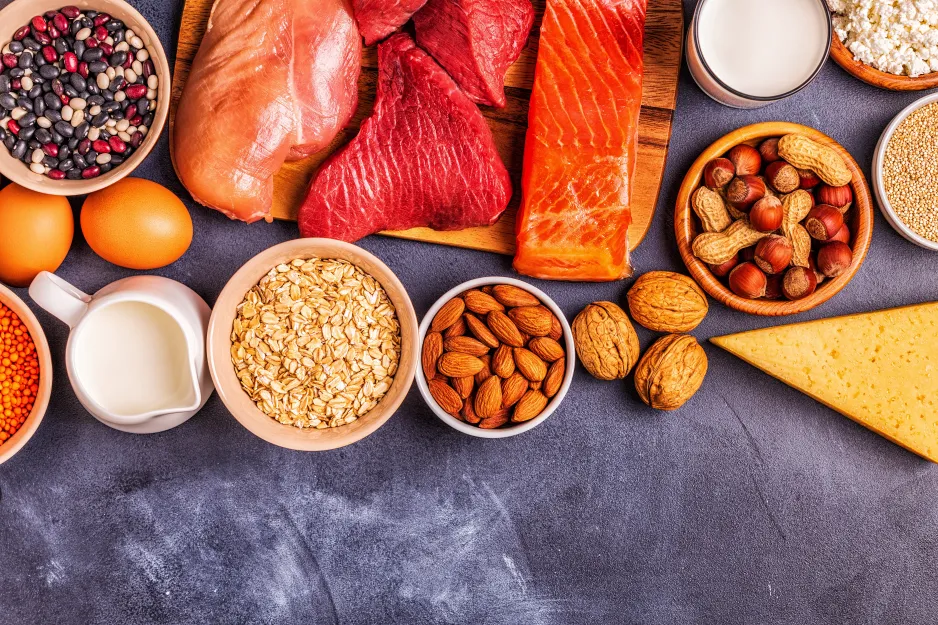
Nutrition spotlight: The importance of protein
March is National Nutrition Month! This year, the annual campaign by the Dieticians of Canada is focused on the theme, “More than food.” Since we are talking healthy eating this month, what better time to get to dig into the science of a trending nutrient — the all-mighty protein!
Hair, skin, nails, bones, tissues, blood, and muscles…we are essentially made of protein. Our body's entire functioning depends on them, too. Whether it's finding and destroying viruses and bacteria, making, transporting, and storing other important molecules, or facilitating communications throughout our body, protein plays a central role.
Just like carbohydrates and lipids, our bodies need an outside supply of protein. Also a source of energy, 1 gram of protein brings you 4 calories. The protein we eat gets broken down, and its parts reassembled into the components our bodies need to grow, heal, and tend to day-to-day vital functions.
On a very tiny scale, proteins are long chains of molecular building blocks (amino acids), folded up into 3D shapes, that determine how they interact with other molecules. There are only 20 different building blocks available to build these chains, and every living thing builds its protein from this limited set.
We can make 11 of those amino acids (building blocks) ourselves, with odds and ends from broken-down protein in our cellular protein-recycling system. But given we need all 20 different amino acids to make our various proteins, we have to get the other nine from the things we eat. These are called essential amino acids, because they're just that — essential.
All foods contain protein in varying amounts, some very little. And not many foods contain the nine amino acids we need in one place. The few that do are considered complete protein: dairy, eggs, meat, poultry, fish, shellfish, soybeans, buckwheat, quinoa and even cricket powder. Then there are protein-rich foods that also have high levels of essential amino acids, like nuts, seeds, pulses (dry peas, lentils, beans and chickpeas), legumes, and whole grains (but only certain combinations of them and in varying amounts).
What is recommended for Canadians? In the new Canada Food Guide, a diet including a variety of protein-rich foods — whether plant-based or from animal sources — is considered to be part of a healthy eating pattern. Protein provides us with the essential amino acids we need, while also acting as a source of vitamins, minerals and fibre (in the case of plant-based protein).
So eat up, and don’t forget the protein — a quarter of your plate should do.
By Renée-Claude Goulet
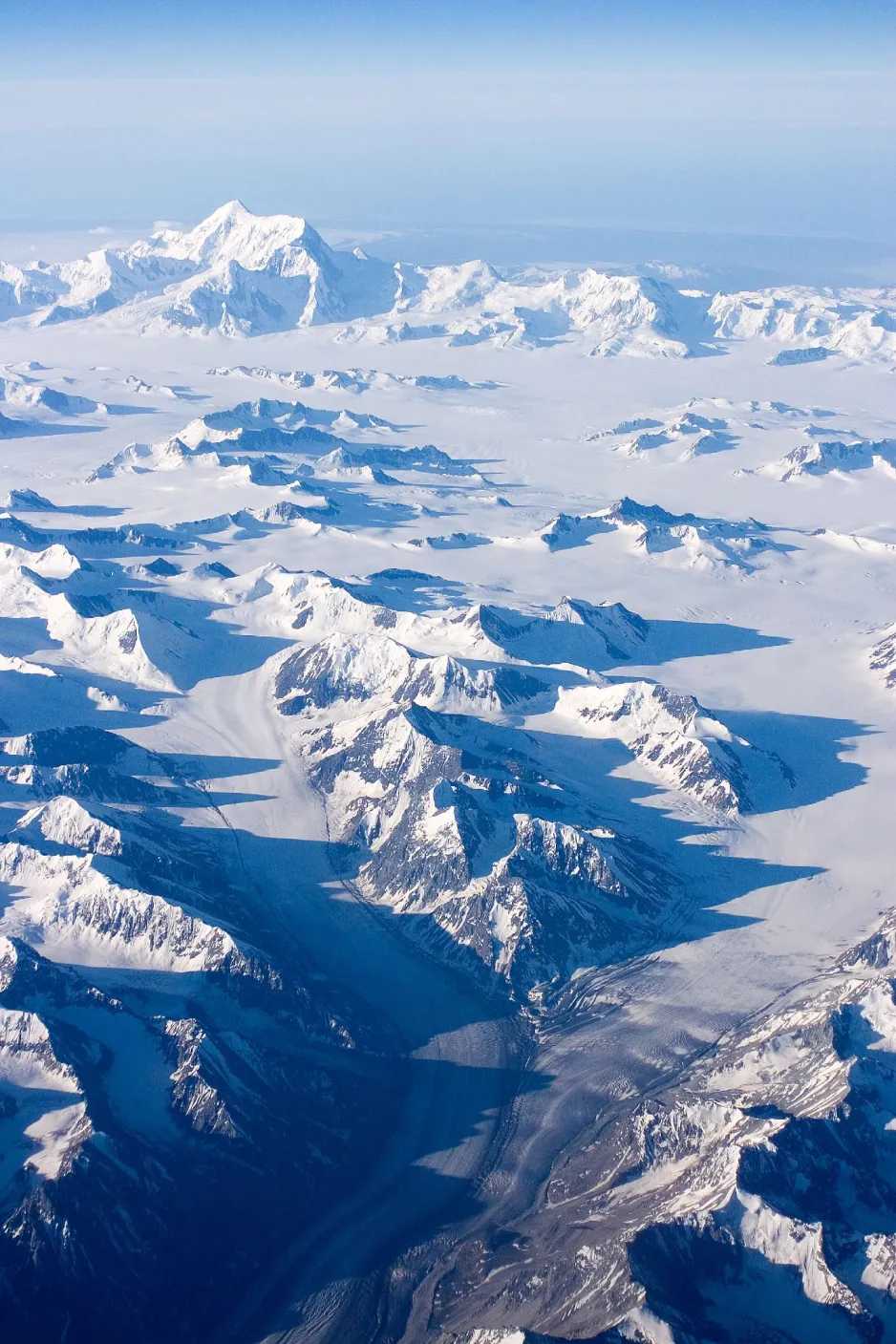
The Saint Elias Mountains occupy the region where Alaska, the Yukon, and British Columbia meet.
Seeing the big picture: How space helps us better understand Earth
One of the reasons that Canada is a world leader in aviation and space technology is because we occupy such a large geographical area. Through our innovations in aerospace, we learned to be good at flying — it was the only way to map, to connect, and to survive our diverse and challenging landscape. As the space age began, Canada recognized the potential for Earth observation from space to further support our vast country.
In 1995, Canada launched RADARSAT, a remote sensing Earth observation satellite program. This provided radar and image data that supported a number of social, political, scientific, and economic interests, including disaster management, agriculture, cartography, forestry, oceanography, ice studies, and coastal monitoring. Building on that success, we launched RADARSAT-2 in 2007.
Using data from RADARSAT-2, researchers Alexandra Waechter, Luke Copland, and Emilie Herdes studied glaciers in the Saint Elias Mountains, a range that straddles Alaska, British Columbia, and Yukon. They wanted to know how glacier systems in those mountains were moving. Using imagery from RADARSAT-2, they were able to determine both the speed and the direction that the glaciers were moving.
The researchers learned there is a large difference in glacier movements across the mountain range; the largest difference is between the western side (closer to the ocean) and the eastern side (inland). The glaciers on the western side of the mountains move as much as 5 km/year, compared to the eastern side which only move about 0.2 km/year. This is due to the fact that lots of snow accumulates on the ocean side, which in turn pushes the glacier. The researchers also learned the Kaskawulsh Glacier has slowed since the late 1980s, which is likely due to dramatic thinning of ice in the region.
This type of research helps climate scientists worldwide better understand what’s happening on small scales, which in turn informs the larger climate change story.
In early 2019, Canada launched a third iteration of this satellite legacy: the RADARSAT Constellation Mission. This time, it’s not just one satellite that was launched, but a constellation of three satellites. Working in tandem, the three satellites will continue the important work started by its two predecessors.
by Jesse Rogerson





